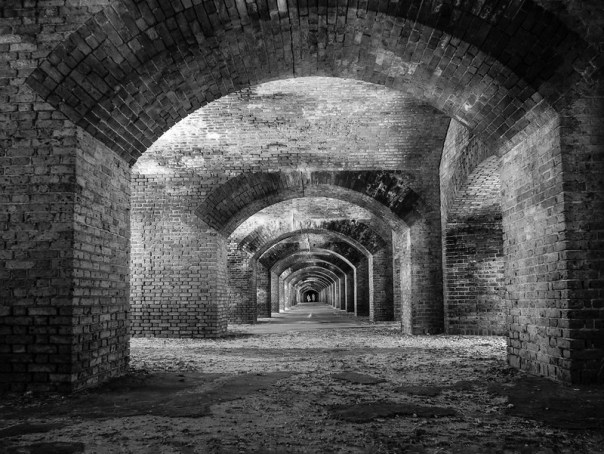Happy Holidays! I hope that all of you, your families, and your friends have a joyful and happy holiday season!
The end of the year is a good time to review results and contemplate how to improve any endeavor, and photography is no exception. I’ve put together these “Favorite photos of the year” posts since 2009. This is a hard process for any photographer. For me, it’s difficult to separate my opinion about a photograph from emotional connections that I might have with the subject, scene, or situation. But making this effort is important and part of the learning process. I don’t claim to be objective – these are simply the photos that I like best. Feel free to disagree, but I hope you’ll enjoy looking at the ones I’ve picked.
You can click on each of these to go to Flickr and see a larger version. Or you can click on this link to view the complete set on Flickr.
My number 1 favorite photo of 2013:

A dream is gone, in the harbor, at dawn; Cocoa, Florida; October.
I have a thing for sunken boats and when I briefly glimpsed this one while out with a group, I had to go back later and make a photo. See this post for more info.
My number 2 favorite photo of 2013:
Cloud Gate (AKA “the bean”); Chicago’s Millennium Park; Chicago, Illinois; September.
I made many photos that I like during my first visit to Chicago last September. This one is my favorite from that trip. See this post for more info.
My number 3 favorite photo of 2013:

Partial eclipse of the sun; Cocoa Beach Pier, Florida; November.
I almost didn’t get to make this photo since I was late finding out about the eclipse. It’s a bit different from most sunrise photos I make because I used a long telephoto lens to emphasize the sun instead of a wide-angle lens. The three people watching with me from the end of the pier were a bonus. See this post for more info.
My number 4 favorite photo of 2013:

You otter not interrupt me; Viera Wetlands, Florida; November.
This river otter was having a morning dust bath on the dirt road through Viera Wetlands. It stopped and watched me for a bit when I got out of my car to make this photo, but then ignored me and finished before sliding back into the water.
My number 5 favorite photo of 2013:
Storm clouds over the Everglades; Everglades National Park, Florida; April.
We had a wonderful expedition to the Keys, Everglades, and Dry Tortugas in April. This photo of a pine tree and grass reflecting from the inches deep water in the Everglades “river of grass” is my favorite landscape from that trip. See this post for more info.
My number 6 favorite photo of 2013:

Reading; St. Augustine, Florida; August.
St. Augustine is full of photo ops. I really liked the symmetry of the columns in this scene and how they led my eye towards the man reading on the bench. See this post for more info.
My number 7 favorite photo of 2013:

Sea oats; Howard Park, Tarpon Springs, Florida; August
I noticed this scene while wandering around not expecting to find anything to photograph. Another lesson in “keep your eyes open”.
My number 8 favorite photo of 2013:

Resting behind mom; Lowry Park Zoo, Tampa, Florida; March.
We spent time in “Primate World” watching the family of Orangutans. The young one (I think this is RanDee, born in August 2008) was full of energy, swinging all around on the platforms and ropes. The adults watched her with very human-like ”where does she get the energy” looks. Finally, RanDee rested for a bit behind her mom (DeeDee) and I was able to make this photo. See this post for more info.
My number 9 favorite photo of 2013:

The Chapel on the Rock (Saint Catherine of Siena Chapel); Allenspark, Colorado; July.
This is south along Route 7 out of Estes Park on the grounds of the Saint Malo Retreat. We had no idea it was there, but when we drove by and saw the scene, I had to stop and photograph it. It’s a multi-photo, hand-held panorama processed in Photoshop and Lightroom. See this post for more info.
My number 10 favorite photo of 2013:

Not sleeping; Big Cat Rescue Sanctuary, Tampa, Florida; August.
To me, this photo symbolizes what we learned about the plight of captive large cats and primates while visiting two rescue organizations near Tampa. See this post for more info.
If you’d like to see my favorite photos from earlier years, click on these links: 2009, 2010, 2011, and 2012.
I hope you’ve had a great photo 2013 too. If you send me a link or leave one in the comments, I’ll be sure to take a look at your favorites. Thanks for stopping by and reading my blog. Now – go make some more favorites of your own!
©2011 – 2013, Ed Rosack. All rights reserved


































